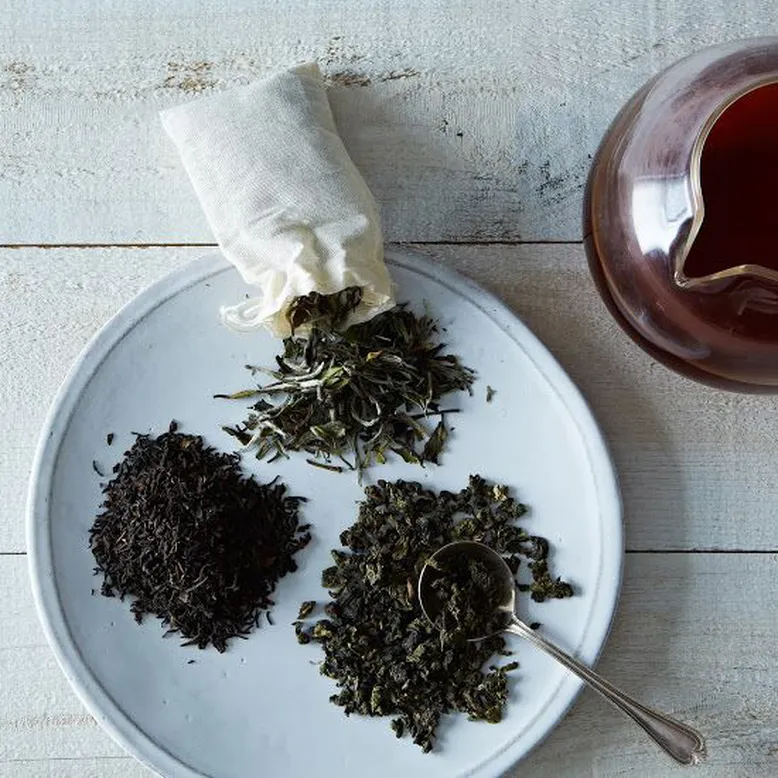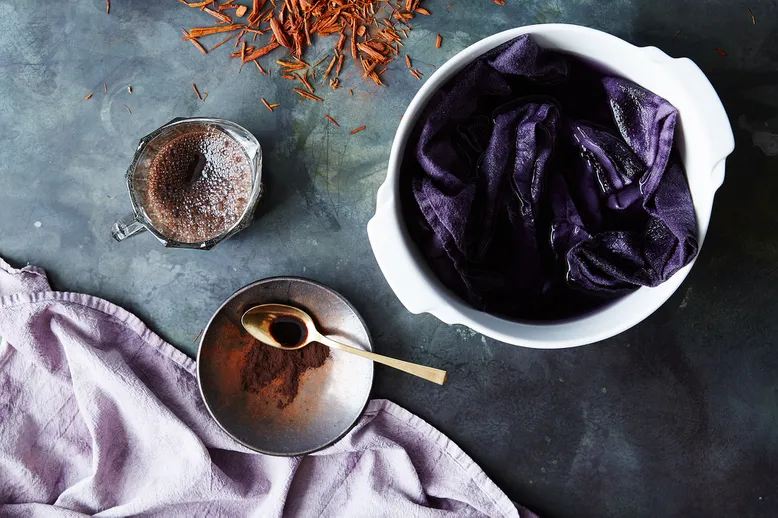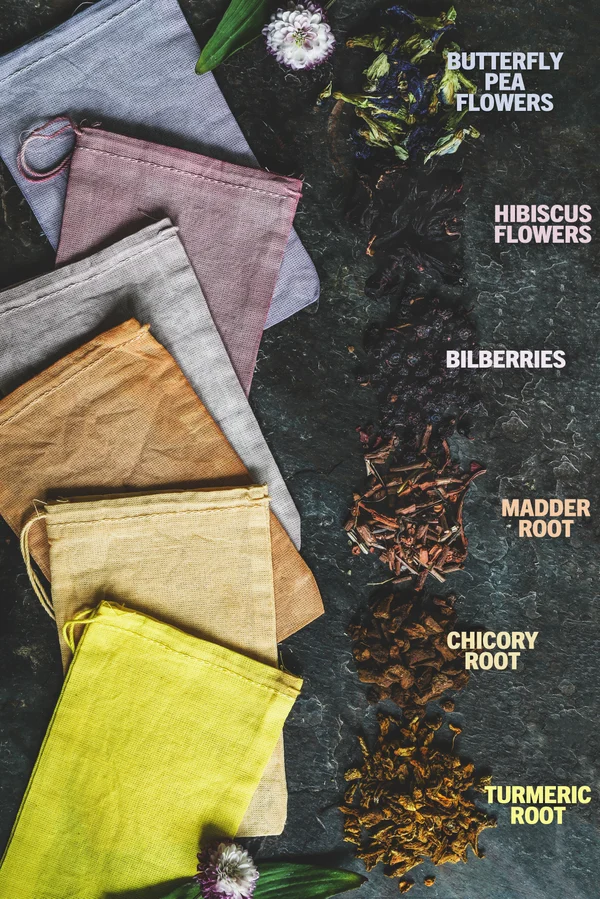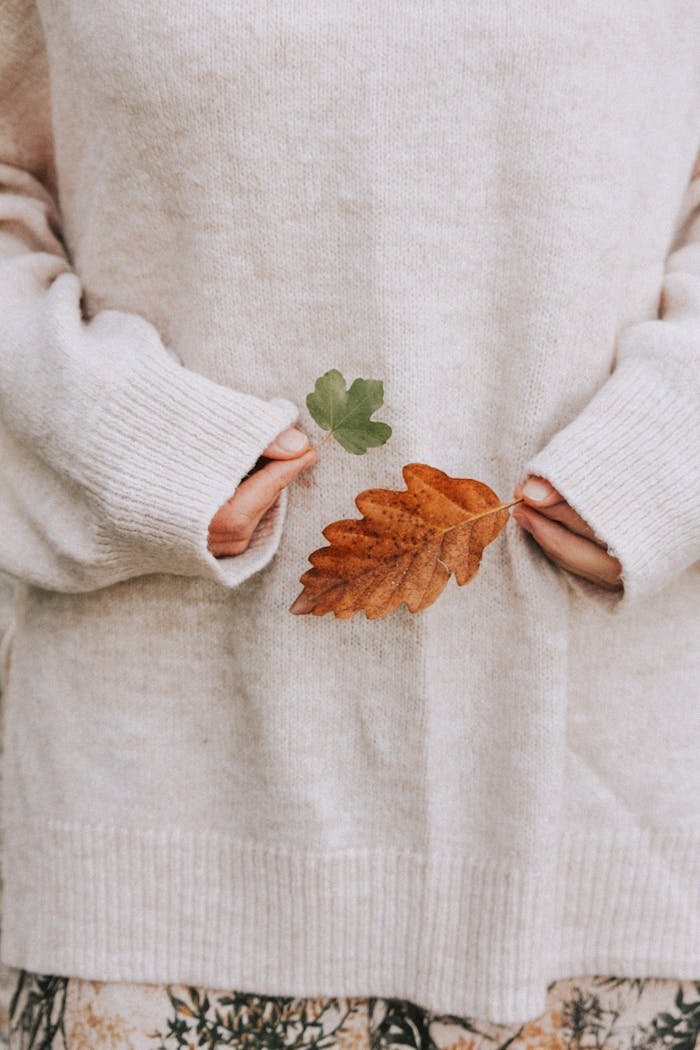The Art of Natural Dyeing + 6 Colors to Start With
Natural dyeing is an ancient art that connects us to the earth, offering a sustainable and eco-friendly way to create beautiful, vibrant colors. Unlike synthetic dyes, natural dyes are derived from plants, minerals, and insects, making them gentle on the environment and safe for your skin. In this blog, we’ll explore the fascinating process of natural dyeing and introduce you to 6 beginner-friendly colors to start your journey into this timeless craft.
What is Natural Dyeing?
Natural dyeing is the process of using organic materials to color fabrics, yarns, or other textiles. This method has been used for thousands of years across cultures, from the indigo-dyed fabrics of India to the cochineal reds of Central America. Today, it’s gaining popularity as a sustainable alternative to chemical dyes.
The Natural Dyeing Process
Here’s a step-by-step guide to natural dyeing:
1. Choose Your Fabric
- Start with natural fibers like cotton, linen, silk, or wool. These fibers absorb natural dyes better than synthetic ones.
- Pre-wash the fabric to remove any finishes or impurities.

2. Prepare the Fabric (Mordanting)
- Mordants are substances that help the dye bond to the fabric. Common mordants include:
- Alum (for bright colors)
- Iron (for darker, muted tones)
- Tannin (for plant-based fabrics like cotton)
- Simmer the fabric in a mordant solution for about an hour, then rinse and dry.
3. Extract the Dye
- Chop or grind your dye material (e.g., plants, roots, or insects).
- Simmer the material in water for 1-2 hours to extract the color. Strain the liquid to remove solid particles.

4. Dye the Fabric
- Submerge the mordanted fabric in the dye bath and simmer for 30-60 minutes.
- For deeper shades, leave the fabric in the dye bath overnight.

5. Rinse and Dry
- Rinse the fabric in cool water until the water runs clear.
- Hang to dry away from direct sunlight to preserve the color.
6 Beginner-Friendly Natural Dyes
Here are six easy-to-find natural dye materials and the colors they produce:

1. Turmeric
- Color: Bright yellow
- Source: Turmeric root powder or fresh roots.
- Tip: No mordant is needed for vibrant results, but the color may fade over time.
2. Indigo
- Color: Deep blue
- Source: Indigofera plant leaves or pre-reduced indigo powder.
- Tip: Indigo requires a unique fermentation process but is worth the effort for its rich hue.
3. Avocado Pits and Skins
- Color: Soft pink to peach
- Source: Avocado pits and skins.
- Tip: Simmer the pits and skins for a surprising pink dye.
4. Onion Skins
- Color: Warm yellow to orange
- Source: Outer skins of yellow or red onions.
- Tip: Red onion skins produce a deeper, reddish hue.
5. Madder Root
- Color: Red to orange
- Source: Madder plant roots.
- Tip: Use alum as a mordant for the brightest reds.
6. Black Beans
- Color: Soft blue to lavender
- Source: Soaked black beans.
- Tip: No heat is needed – simply soak the fabric in the bean water overnight.
Why Choose Natural Dyes?
- Eco-Friendly: Biodegradable and free from harmful chemicals.
- Sustainable: Uses renewable resources and reduces water pollution.
- Unique Colors: Each batch of dye produces one-of-a-kind shades.
- Skin-Safe: Gentle on sensitive skin, making it ideal for clothing and textiles.
Tips for Success
- Experiment with different mordants to alter the final color.
- Keep a dye journal to record your recipes and results.
- Use stainless steel or enamel pots to avoid contamination.
Natural dyeing is more than just a craft – it’s a way to connect with nature and create something truly unique. Whether you’re a beginner or an experienced dyer, these six colors are a great place to start your journey into the world of natural dyes.
So, grab some fabric, gather your dye materials, and let the magic of nature transform your textiles into works of art!



